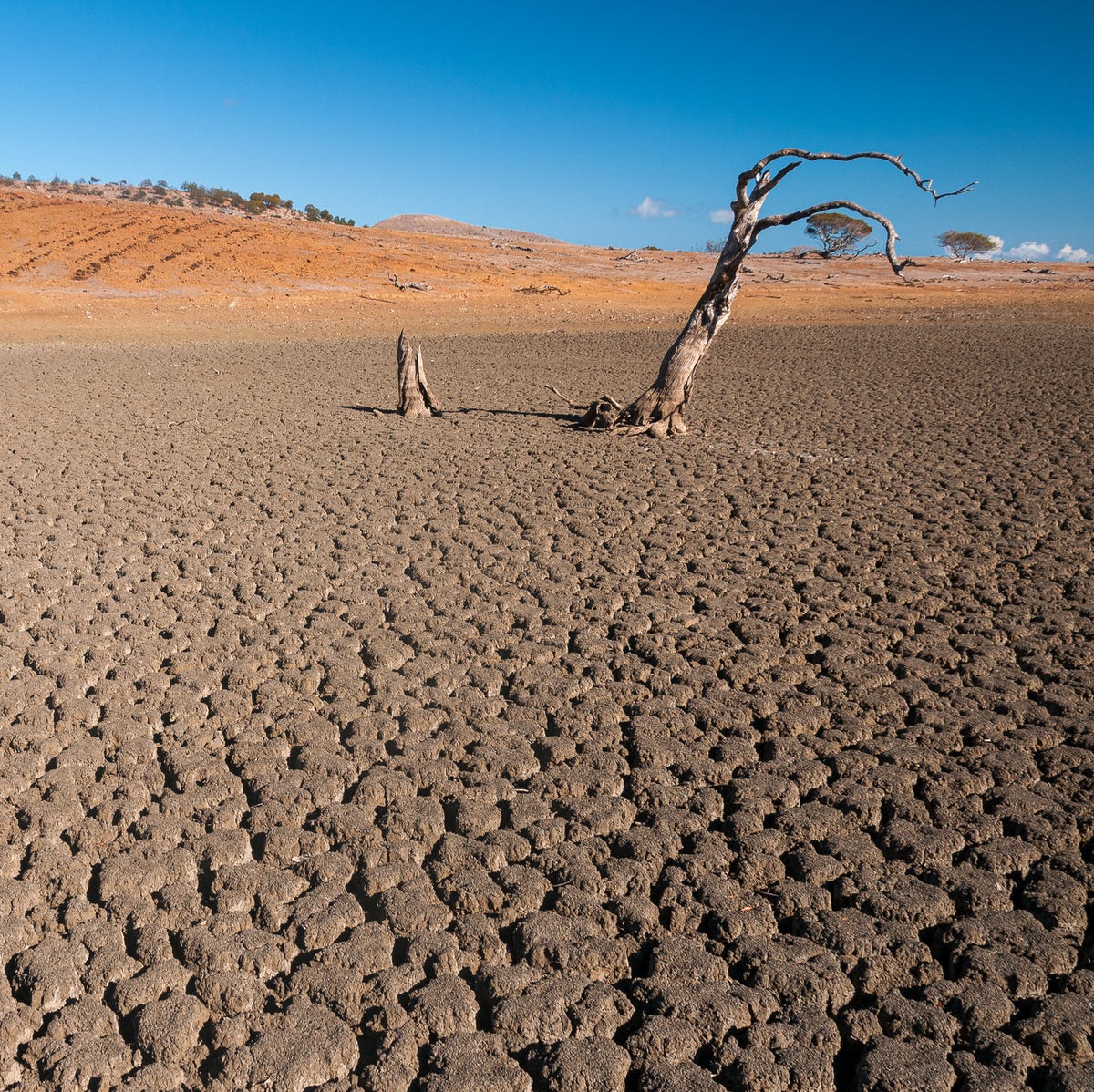
While El Niño climate patterns today are responsible for prolonged droughts and high temperatures, during the end-Permian (some 251 million years ago), they contributed to what was nearly the end of all life on Earth. A new study shows how mega El Niños—sometimes lasting as long as a decade—created prolonged periods of droughts and floods, making it impossible for animals to adapt to changing climactic conditions. These mega El Niños help explain why the end-Permian mass extinction—largely driven by carbon dioxide pouring out of the Siberian Traps—was so particularly deadly compared to other mass extinction events.
Life—in its myriad forms and billions of years on Earth—hasn't ever experienced as harrowing an event as the end-Permian mass extinction. Fittingly known as The Great Dying, this period saw the disappearance of an estimated 90 percent of all species on the planet, and caused marine and terrestrial collapse around the world. The driving force behind the disaster: an intense global warming attributed to a massive outpouring of carbon dioxide from the Siberian Traps.

And while this massive volcanic event (the largest in Earth history) was likely the engine behind this extinction, scientists weren't exactly sure what natural mechanism flipped the ignition switch. Meanwhile, other mysteries remained, such as why usually hearty forms of life (like trees and insects) were affected by the extinction, and why animals didn't simply migrate to cooler climates. Now, a new study.
.. Darren Orf.










